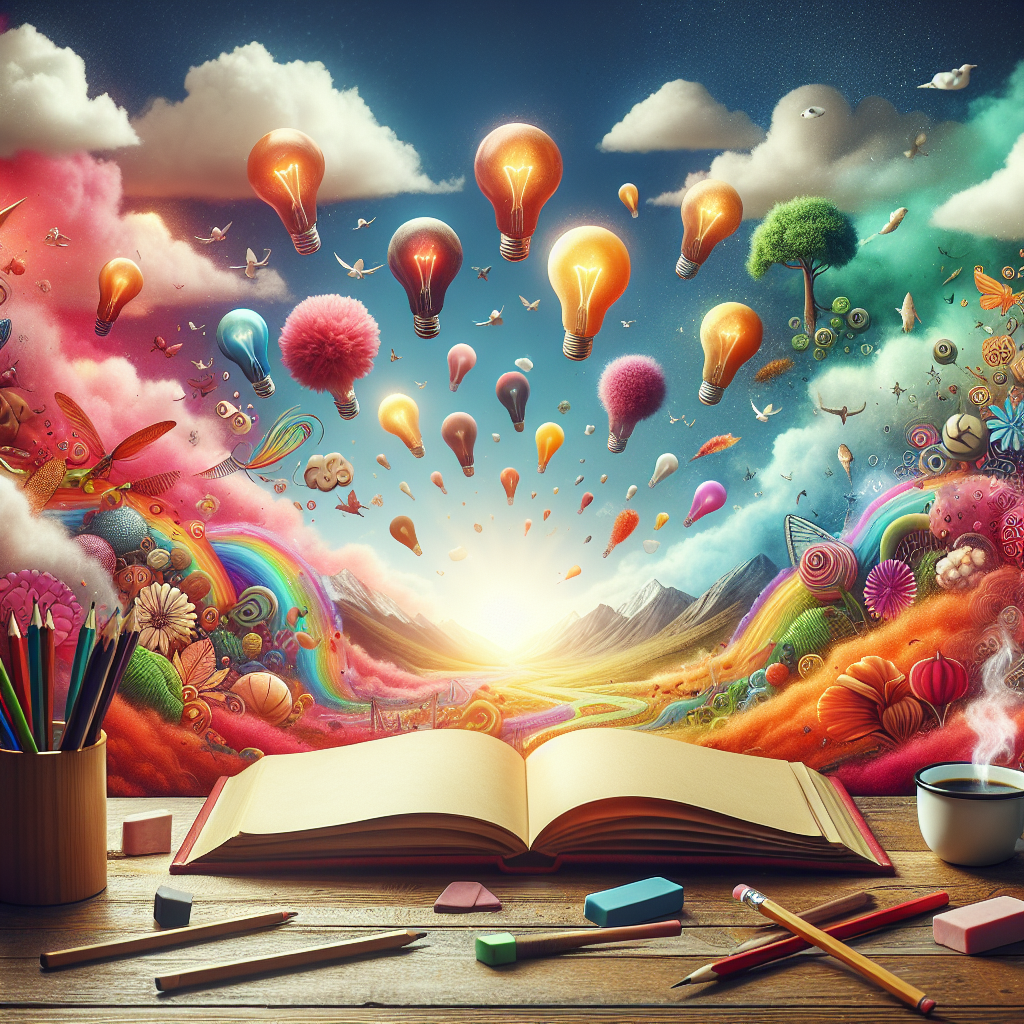Empowering Creativity: The Art of Modification and Combination in Idea Generation
In a world awash with information and inspiration, the ability to modify and combine ideas is a crucial skill that fosters creativity and innovation. Whether you are an artist, a business professional, a writer, or simply someone who loves to think outside the box, engaging with existing ideas and reshaping them can lead to extraordinary outcomes. This article explores the importance of idea modification and combination, highlighting the benefits, techniques, and practical applications that enable individuals and teams to harness their creative potential.
The Essence of Modification and Combination
Modification involves taking an existing idea and altering it in some way, whether through refinement, extension, or adaptation. This could mean adding new elements, changing the context, or tweaking the fundamentals to better suit your needs or aspirations. Conversely, combination entails merging two or more distinct ideas to create something new. This process is often referred to as a "synthesis" of ideas, where the strengths of each original concept are brought together to produce an innovative solution.
Why Modify and Combine Ideas?
-
Innovative Solutions: Many groundbreaking inventions and concepts are the result of modifying and combining existing ideas. By looking at tried-and-true concepts through a new lens, individuals can create solutions that are not only creative but also practical and effective.
-
Avoiding Creative Blocks: When faced with a blank page or a daunting problem, the pressure to come up with something entirely original can be paralyzing. By modifying or combining ideas, individuals can overcome creative blocks and leverage existing frameworks to spark new inspiration.
-
Enhancing Collaboration: In teamwork settings, the ability to modify and combine ideas can foster a more inclusive environment where diverse viewpoints lead to richer discussions and creative breakthroughs. Collaboration becomes a powerful catalyst for innovation when every team member is encouraged to contribute their thoughts and perspectives.
- Personalization and Relevance: The needs and preferences of individuals are often unique. By modifying existing ideas or blending them with personal experiences and insights, one can craft solutions that are tailor-made, enhancing relevance and effectiveness.
Techniques for Modifying and Combining Ideas
-
Mind Mapping: Use mind maps to visually explore the connections and relationships between different ideas. This technique can help you identify potential areas for modification or avenues for combination.
-
SCAMPER Method: This acronym stands for Substitute, Combine, Adapt, Modify, Put to another use, Eliminate, and Reverse. Each element serves as a prompt to rethink existing ideas and encourage creative exploration.
-
Random Word Generation: Introduce a random word into your brainstorming session. This unexpected element can lead to surprising connections and inspire a new angle on an existing idea.
-
Collage Technique: Create a physical or digital collage that incorporates various elements from different sources. This visual representation of ideas can help to spark new thoughts and combinations.
- Reverse Engineering: Take a concept that you admire and break it down to its core components. Analyze how each part works and consider how you might modify or blend those elements into your own work.
Practical Applications
-
Business Innovation: Companies can apply idea modification and combination to develop new products or marketing strategies. For instance, a technology company might combine features from different software applications to create a more user-friendly platform.
-
Artistic Expression: Artists often blend styles, techniques, and mediums to create unique works. Modifying traditional forms, such as painting or sculpture, with modern materials or technologies can produce captivating results.
-
Writing and Storytelling: Writers frequently draw inspiration from existing narratives, adapting characters or plots to explore fresh themes or perspectives. The art of retelling can breathe new life into forgotten tales.
- Education and Curriculum Development: Educators can modify existing curricula to make lessons more engaging and relevant. By combining interdisciplinary approaches, they can create a richer, more holistic learning experience for students.
Conclusion
The act of modifying and combining ideas is not just a creative exercise; it is a vital process that drives innovation across disciplines. By embracing the art of modification and combination, individuals can unlock their creative potential, collaborate effectively, and produce work that resonates deeply with audiences. So the next time you encounter an idea that inspires you, don’t hesitate to adapt, twist, or merge it into something new—after all, creativity thrives on transformation.

